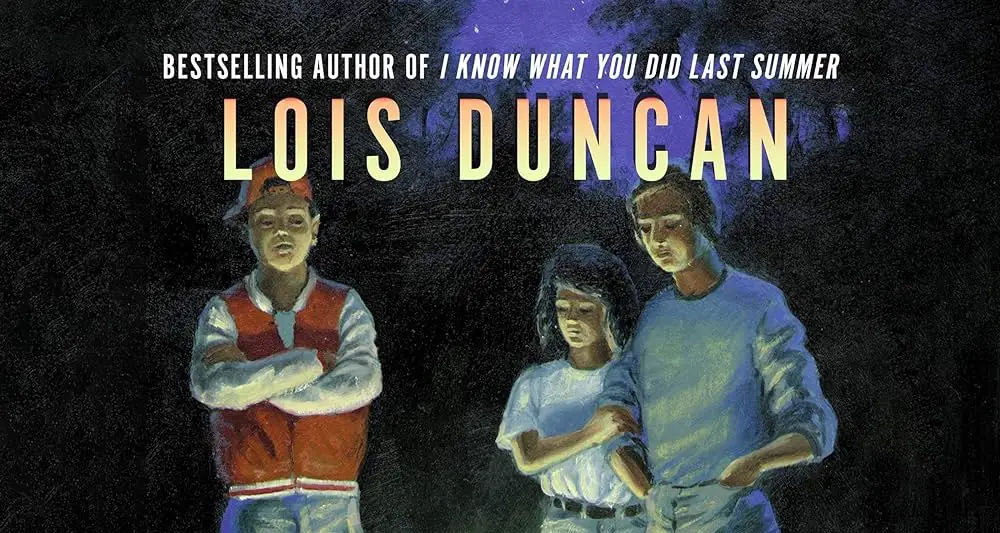The YA novels written by Lois Duncan were a large part of my first foray into horror. I was a teenager in the late ‘90s, a time when R.L. Stine and Christopher Pike dominated the young adult novel scene. I dug Fear Street and Final Friends; however, one hot summer day at the library I wandered up above all the Pike and Stine books and discovered Lois Duncan. And that day changed my literary life.
Stine and Pike created fun scenarios that typically centered on teens innocently put in mildly suspenseful situations. Duncan’s books are different. Her novels have a more genuine quality that manifests real danger for her characters. The teens in Duncan’s novels were not always innocent. A kid could be hit by a car and die. An English teacher could be murdered. And the guilty young adults might get away with it. Sure, they will be morally conflicted and need to get themselves out of trouble. Nevertheless, on more than one occasion Duncan’s prove to be as multifaceted as they are morally ambiguous.
Lois Duncan was a trailblazer for women in horror and her novels remain essential to this day. Read on for a rundown of some of the late author’s most noteworthy titles.
Stranger with My Face
Laurie Stratton’s parents have artistic professions and are nontraditional in comparison to the other families living in their small island town. One summer, Laurie notices a series of changes as she becomes a part of the popular crowd. People claim to see Laurie in places she has not visited. She soon discovers her family history is not what she believed and a long-lost family member is visiting her against her will. At first, Laurie is excited about a newfound ability but she is soon terrorized when she is locked out of her body. Stranger with My Face delves deeply into the world of astral projection. The novel sees Laurie feeling increasingly helpless and like a stranger in her own life.
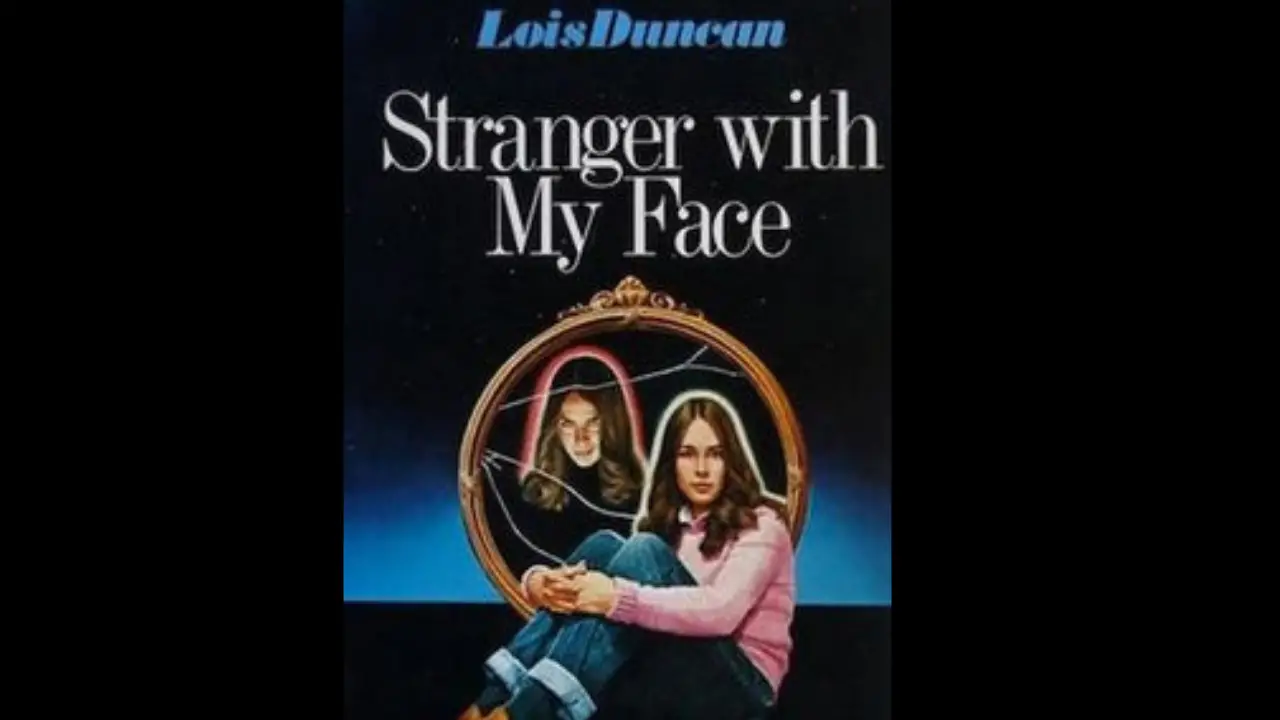
Killing Mr. Griffin
We have all had that teacher in high school that we loathed almost as much as we admired. He or she pushed us hard with the best of intentions; however, those intentions occasionally pushed harder than necessary. One of Lois Duncan’s darkest novels, Killing Mr. Griffin centers on a group of English students led by a psychopathic teen out for revenge against an educator. Each teen involved participates based on selfish motivations that ultimately lead to tragic circumstances. Duncan’s novels are not inherently preachy; however, Killing Mr. Griffin does convey a warning to recognize that some actions cannot be undone.
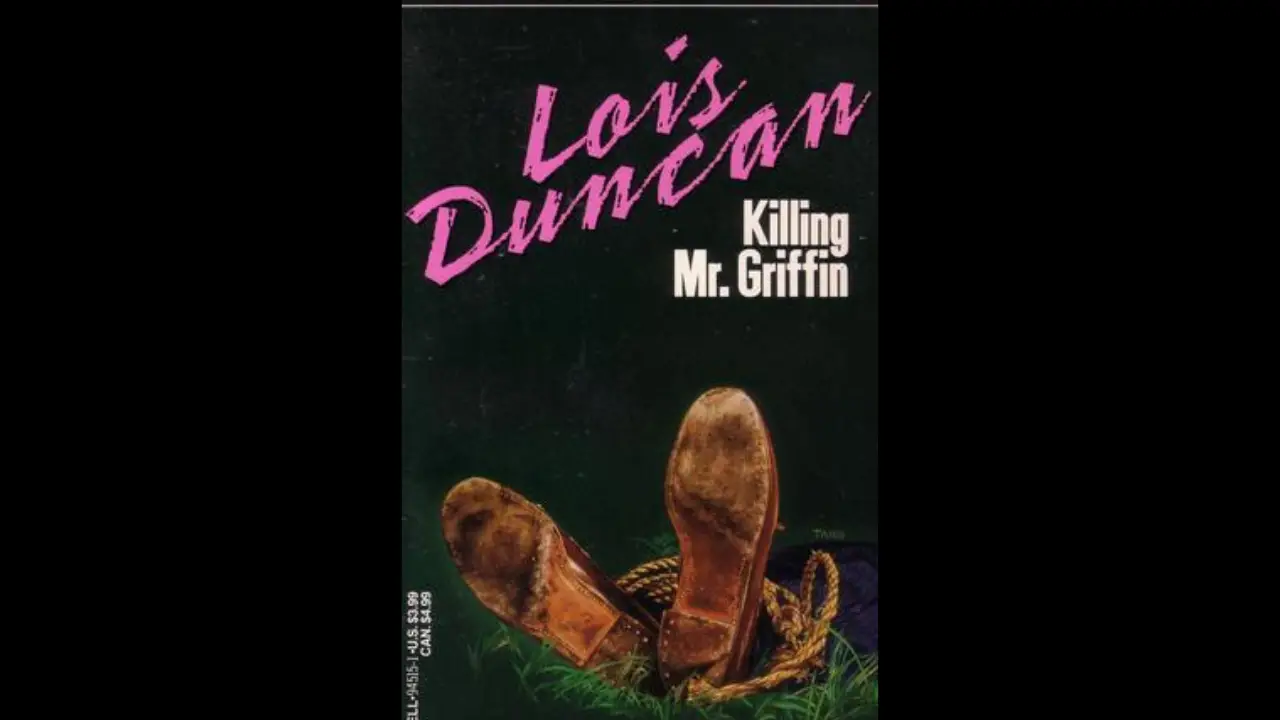
Ransom
A pack of high schoolers are kidnapped as they ride the bus home one afternoon. The only common thread between the passengers is that they are all dropped off in the same seemingly wealthy neighborhood. Brothers Glenn and Bruce are as different as night and day. Jesse is an army brat and only a temporary resident of the neighborhood. Marianne is a popular teen resentful of her mother’s new marriage. Dexter lives with his uncle after the death of his parents. Held high in a mountain cabin, these five teens are forced to look beyond their different personalities and join together if they want to survive. Ransom is one of Duncan’s earliest attempts at the Young Adult suspense genre. The kids could have easily been portrayed as mere caricatures but the author sidesteps this trap to bring to life a believable cast of teenage protagonists.
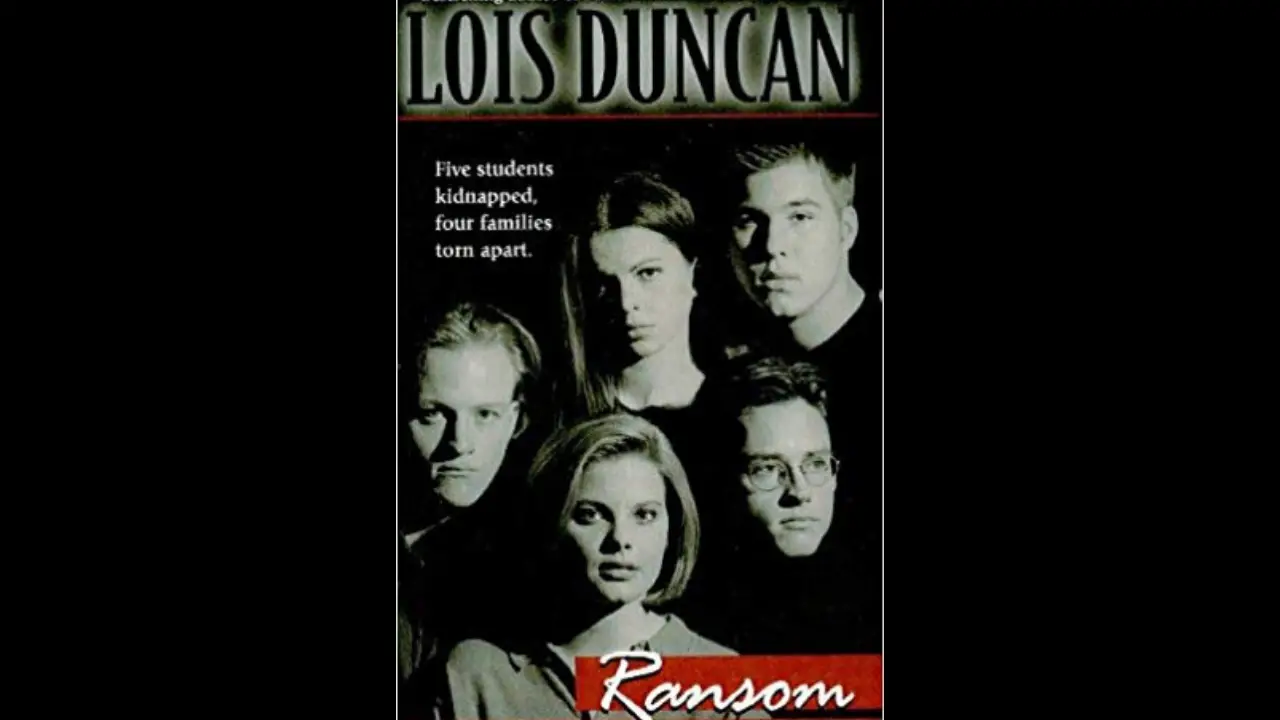
Down a Dark Hall
Down a Dark Hall follows a group of young women in a boarding school. Once there, they discover that they each have hidden talents. Talents that are suspiciously reminiscent of prodigies from the past. Talents that they are unable to maintain if they want to keep their sanity. In addition to these strange developments, the school and teachers help add to the unsettling atmosphere.
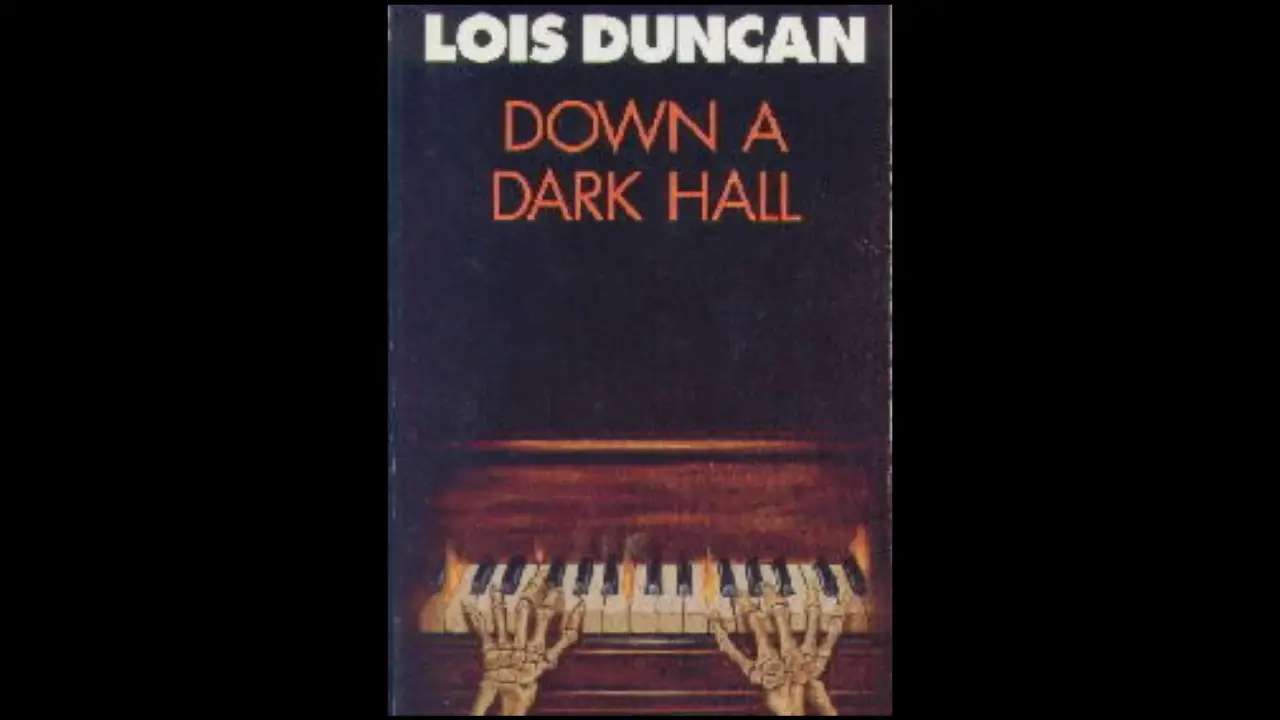
I Know What You Did Last Summer
Arguably Duncan’s most recognizable title, I Know What You Did Last Summer follows a group of teens dealing with the fallout of an accident that will forever change their lives. The casual horror fan might instantly think of the 1997 flick; however, the feature film deviates from its source material on many levels. For example, the victim is much younger and the killer is not a fisherman running around with a hook. Both vehicles have enjoyable sequences and thrilling moments. Similar to the film and true to form, Duncan’s novel ends in a way that suggests the surviving teens will not face any repercussions for the crime they committed.
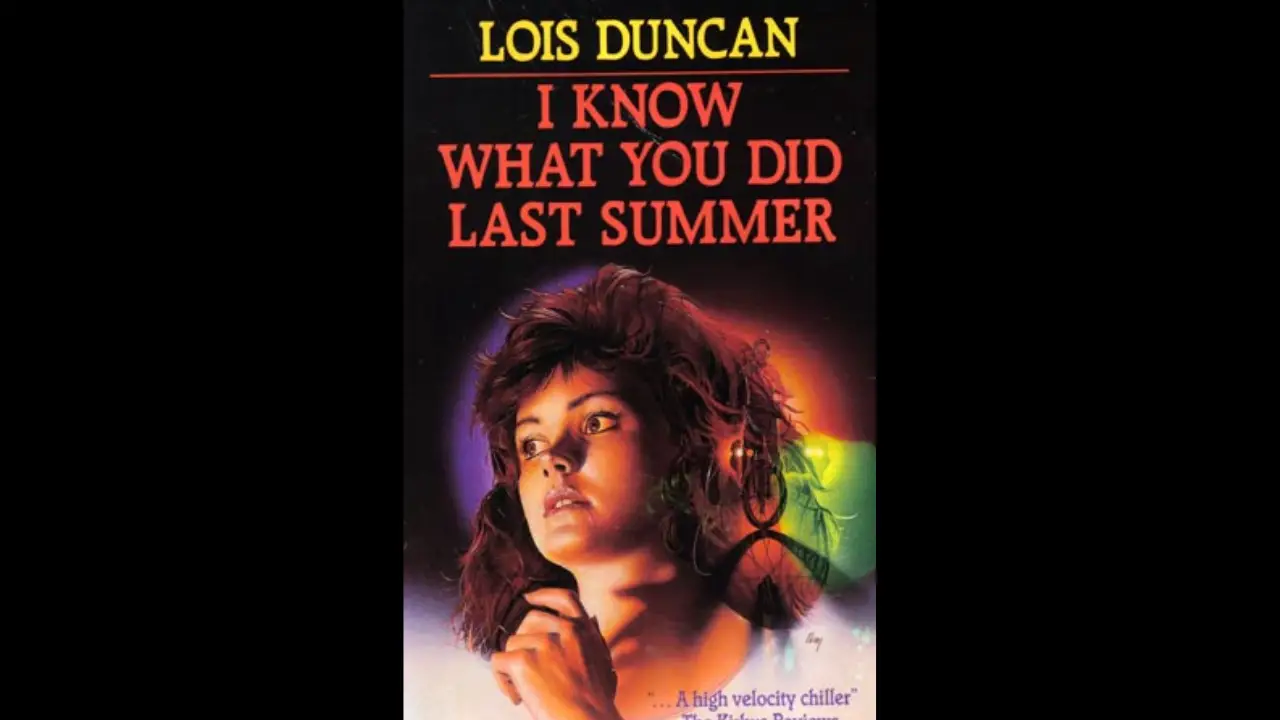
The Third Eye
If I had to choose one novel from Duncan’s catalog, The Third Eye would be my favorite. Similar to the protagonist in the mid-2000’s show, Medium, Karen Connors is developing psychic abilities that are particularly useful in locating missing children. This classic tome is a perfect balance of paranormal occurrences and suspenseful atmosphere. Karen goes on an arc that takes her from adolescent fantasies to undeniable maturity. Deftly weaved into the narrative is a romantic thread that proves to be smartly-paced and endearing. I have always thought The Third Eye would make an excellent television series.
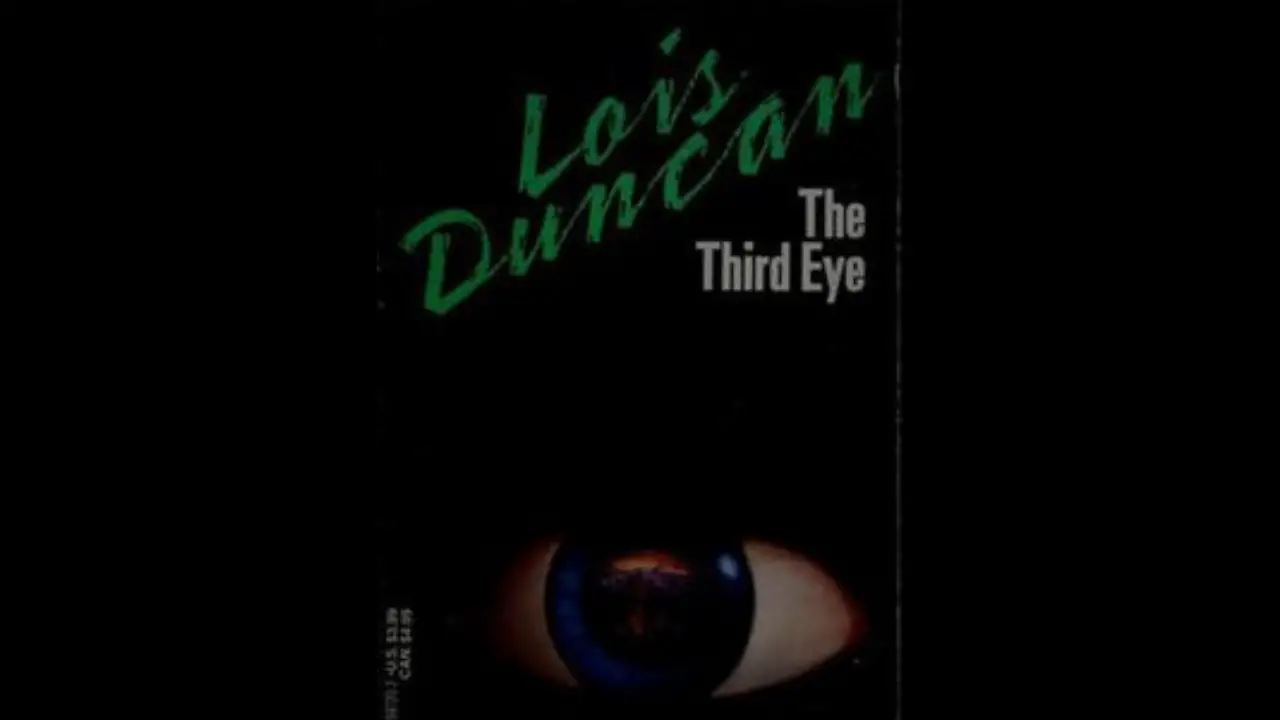
Don’t Look Behind You
This story of April Corrigan’s placement into the Witness Relocation Program was the first novel I read by Lois Duncan. April leads a coveted life of comfort in an upper-class family. She has the perfect boyfriend and is particularly skilled at tennis. After her father testifies in a high-profile case, the family is whisked away for their own protection. Each member of the family struggles to adjust and, in particular, April is resentful of her new surroundings. Her resentment could be the catalyst to her family’s undoing.
Don’t Look Behind You is a satisfying read. The suspense is generated from intense situations brought about by the loss of security. True to the style of Lois Duncan, things do not always work out the way one might hope. A happy ending is sometimes choosing to accept what is there in the present and letting go of the past. And is not a thing to be taken for granted.
April’s personality is based on Lois Duncan’s deceased daughter, Kaitlyn. On July 16, 1989, Kaitlyn Arquette was murdered on her way home from a friend’s house. Up until Ms. Duncan’s death in 2016, she never gave up hope in finding out what exactly happened to her youngest child. In 1992, Duncan released a nonfiction book called Who Killed My Daughter? This novel relayed all the facts she had in the case and the frustration she felt with how the investigation was handled.
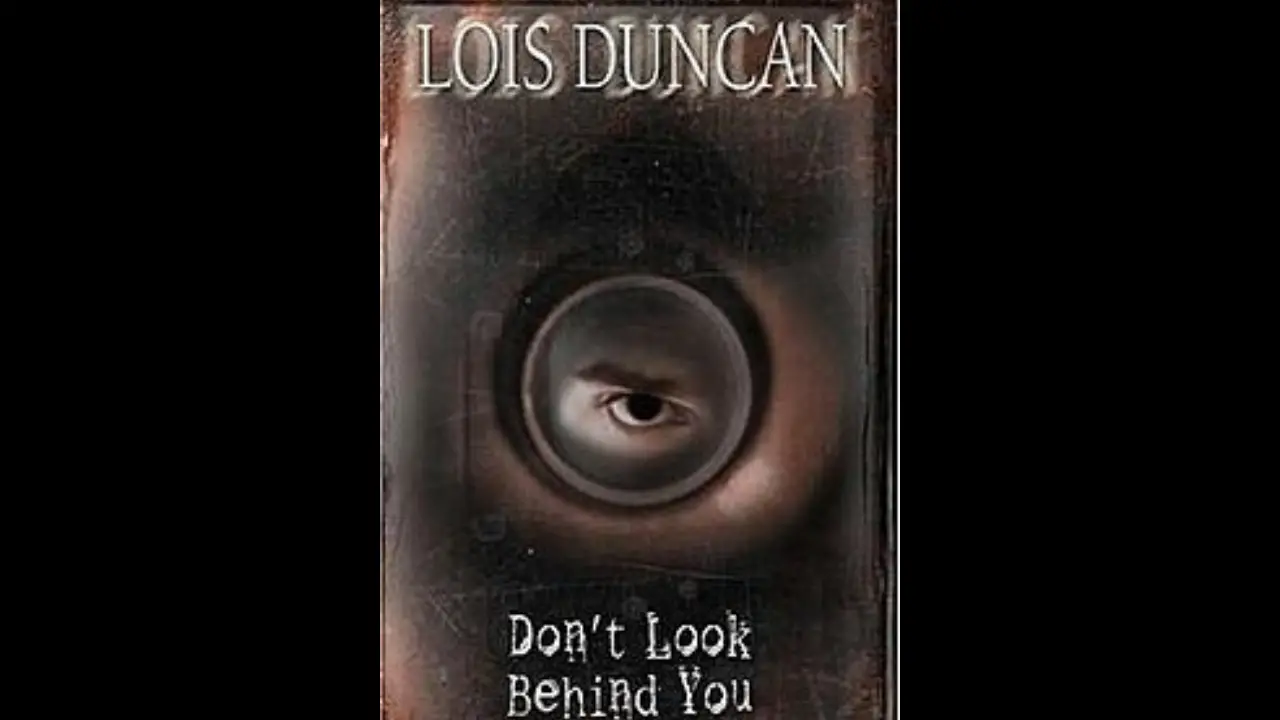
Be sure to follow us on social media: Twitter and Facebook.
Post Views:
1,994

